<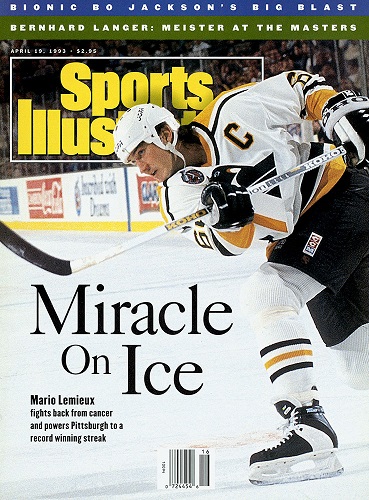
Mario Lemieux had cancer.
This was worse than chronic, career-threatening back pain.
This was a threat to his life, period.
Lemieux tried to remain calm, wanting to focus on his upcoming treatment schedule. The doctors told him he had early-stage Hodgkin’s lymphoma with a favorable cure rate. He told his family, close friends and teammates about his cancer diagnosis, ahead of a press conference to be held one week after his operation.
While waiting for the press conference to start, many hockey watchers probably made a reasonable assumption that at worst, the Penguins would announce Lemieux would miss the rest of the season due to his recurrent back pain. What viewers actually discovered was as shocking as the information gleaned from another unexpected sports press conference that occurred over a year before when another top athlete announced he had a life-threatening medical condition.
[youtube https://www.youtube.com/watch?v=VbdOQUARrEU]Like Magic, Mario was one of, if not the top athlete in his sport. Like Magic and the HIV virus, the malignancy in Mario’s body was life-threatening. Yet unlike Magic, Mario was not retiring. Instead, he intended to come back quickly to help the Penguins shoot for a third straight Cup.
Doctors prescribed 22 radiation treatments for Lemieux, once every weekday morning for a little over four weeks, starting on February 1st at Beaver County Medical Center, 35 miles north-west of Pittsburgh. During each treatment session, Lemieux rested on his back on the treatment table and wore a custom immobilization mask to ensure his neck and chest were virtually motionless, allowing the machine to deliver radiation to the affected parts of his body exactly according to his oncologist’s plan.
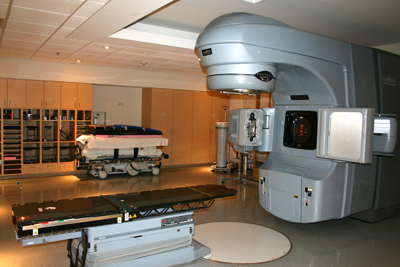
At the end of that first week, Lemieux accepted an invitation to visit his hometown at the All-Star Game in the historic Montreal Forum. At the end of the second week of radiation, Lemieux was skating with his teammates again. By Monday morning March 2, 1993, the day of his final radiation treatment, 24 years ago yesterday, Lemieux decided there was no reason he shouldn’t get back to his day job immediately. He boarded a cross-state flight to Philadelphia to join the Penguins after missing the past 23 games.
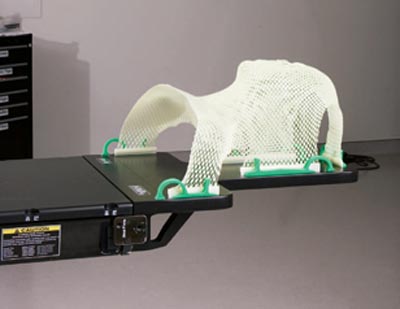
Perhaps as astonishing as anything else on this night, the capacity crowd of 17,380 Flyers fans in Philadelphia laid down their shivs, Glocks and .357s for one brief humanitarian moment, rising as one bewildered orange mob to salute Lemieux, as “Welcome Back” flashed on the scoreboard, giving him a lengthy standing ovation which he acknowledged by raising his stick.
[youtube https://www.youtube.com/watch?v=FxHXcx8jJ0Q]“You don’t want to put too much pressure on him when he returns,” cautioned Penguins head coach Scotty Bowman. “He hasn’t played in two months but it will definitely pick up our team,” Bowman said before the game, mindful of Pittsburgh’s 2-5-1 record in their last eight games.
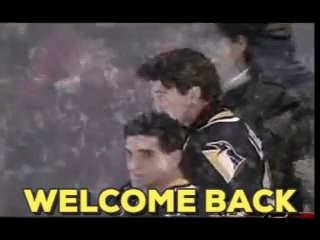
“It’s amazing what he did out there tonight. No one else in the whole world could do that, and I’m talking any sport, not just hockey. It’s unbelievable,” said Stevens. “He’s a rock,” gushed Rick Tocchet, “Nothing fazes him. For us mere mortal people, we get frustrated but not him.” Philadelphia coach Bill Dineen praised Lemieux’s courage. “It’s obvious where his heart is. It’s in the game of hockey. You can’t give him enough credit for the way he played and the way he showed up.”
Though Philadelphia would go on to win the game 5-4, simply returning to action was a bonus for the Penguins and perhaps Lemieux’s own way of proving to himself that the repeated, debilitating back problems, back surgery, flagrant slashes and interference from opponents, and yes – even cancer – would not prevent him from resuming a normal life and continuing to play hockey.
[youtube https://www.youtube.com/watch?v=LaWrS84sYuk]“The reason I wanted to come back was to put all of this behind me and not worry about the cancer anymore,” Lemieux said after the game, calmly as ever. “Once I started taking the treatments, I didn’t think too much about the cancer. I kept busy.”
On a night when the hockey media searchlights would normally shine on Winnipeg, where rookie Teemu Selanne scored a hat trick to dramatically break Mike Bossy’s single-season record for freshman goals, the bright lights shone on Lemieux, a man who by simply returning to work after a very public battle with cancer, became an inspiration to thousands of everyday, ordinary people who were quietly battling cancer themselves, wondering how to put their lives back together after treatment.
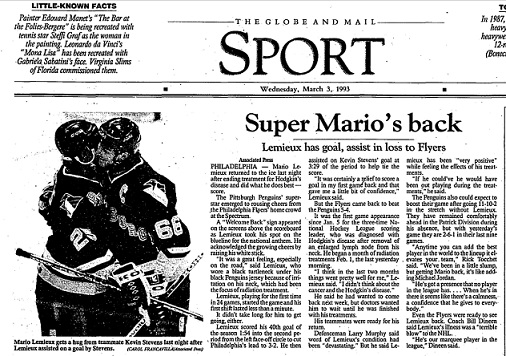
Later that year, Lemieux established the Mario Lemieux Foundation which has become a major benefactor and founder of cancer centers and research programs in Pittsburgh and Western Pennsylvania. In over two decades, the Foundation has given over $20 million to health care initiatives.]]>
Add The Sports Daily to your Google News Feed!